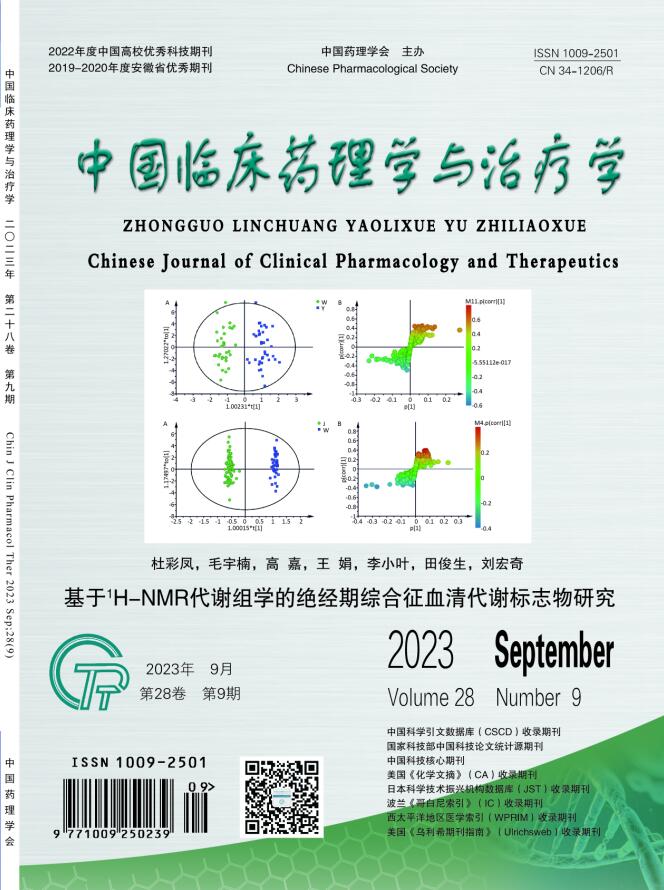AIM: To describe and evaluate the clinical characteristics, treatment management and clinical outcomes of ceftazidime-avibactam (CZA) in the treatment of patients with multidrug-resistant gram-negative bacterial (MDR-GNB) infections. METHODS: A retrospective cohort study was performed on patients hospitalized in the Affiliated Hospital of Xuzhou Medical University from September 2019 to December 2021. Adult patients who received CZA for ≥ 72 hours consecutively were eligible for inclusion. The primary outcome was clinical failure, defined as a composite of 30-day all-cause mortality, microbiological failure and/or failure to resolve or improve signs and symptoms of infection during treatment with CZA. RESULTS: A total of 198 patients with MDR-GNB infections were described and evaluated, including 132 in the carbapenem-resistant Enterobatceriaceae (CRE) cohort and 66 in the Pseudomonas spp. cohort. The main infection sites were lung infection (92.42%), abdominal infection (10.61%), and intracranial infection (10.61%), among which 63 patients (31.82%) were positive for blood culture. Clinical failure, 30-day all-cause mortality and microbiological failure occurred in 61(30.81%), 33(16.67%) and 11(5.56%) patients, respectively. Body mass index (BMI), acute physiology and chronic health evaluation scoring system (APACHE Ⅱ) and polymicrobial infections were positively associated with clinical outcome failure [adjusted OR 1.109, 95%CI 1.017,1.209; adjusted OR 1.071, 95%CI 1.015,1.129; adjusted OR 2.844, 95%CI 1.391,5.814], however, initiation of CZA within 48 hours of admission was protective (adjusted OR 0.424, 95%CI 0.205, 0.879). A total of 15 patients had adverse reactions possibly related to CZA, including 2 cases of rash, 6 cases of nausea and vomiting, and 7 cases of antibiotic-related diarrhea. CONCLUSION: CZA can be used to treat infections caused by a range of MDR-GNB, including Pseudomonas spp. and CRE.


